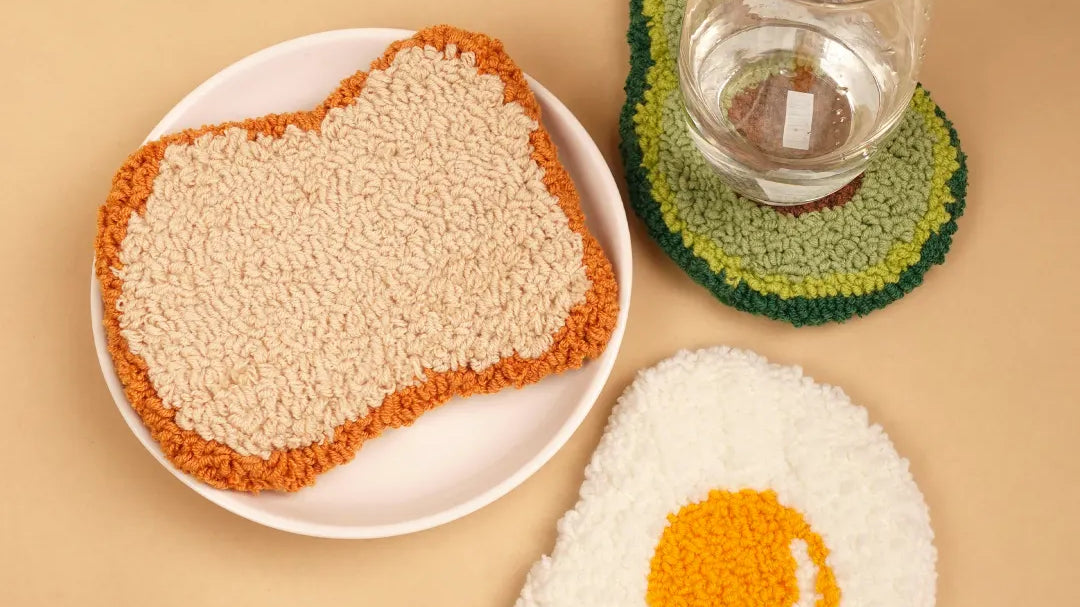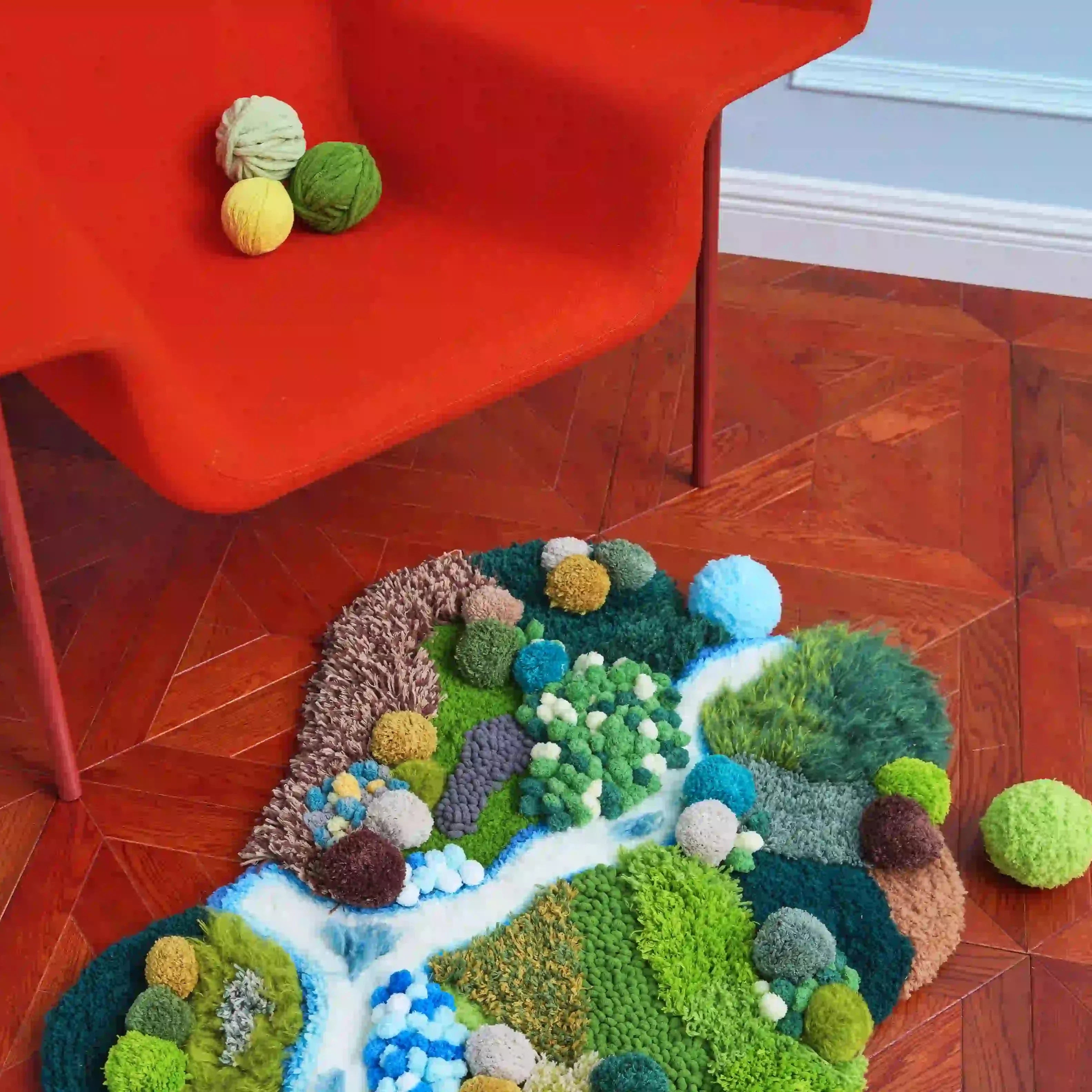Introduction
Sustainable crafting is more than a hobby; it is a powerful tool for promoting environmental awareness. By incorporating eco-friendly materials, reducing waste, and engaging with sustainability-focused communities, crafters can play an essential role in fostering a culture of conservation. This article explores the intersection of sustainable crafting and environmental awareness, highlighting ways to inspire change through creative practices.

1. The Role of Sustainable Crafting in Environmental Advocacy
Sustainable crafting provides an avenue for individuals to advocate for environmental issues while creating meaningful, handcrafted items.
1.1 Raising Awareness Through Handmade Creations
Eco-conscious crafting can spread awareness by showcasing sustainable practices through handmade goods. Items crafted from recycled materials or organic fibers serve as tangible examples of waste reduction and resource conservation.
1.2 Encouraging Eco-Friendly Consumer Choices
Consumers who purchase sustainable handmade products contribute to environmental protection by supporting ethical sourcing, fair trade, and reduced carbon footprints.
For more on sustainability advocacy, visit EarthDay.
2. Choosing Environmentally Friendly Crafting Materials
The foundation of sustainable crafting lies in the choice of materials. Opting for eco-friendly supplies significantly reduces environmental impact.
2.1 Biodegradable and Organic Fabrics
Materials such as hemp, bamboo, and organic cotton are biodegradable and require fewer chemicals during production.
2.2 Repurposed and Recycled Supplies
Utilizing materials like old clothing, reclaimed wood, or repurposed paper minimizes waste and extends the life cycle of products.
2.3 Eco-Friendly Adhesives, Paints, and Dyes
Many conventional craft supplies contain toxic chemicals. Sustainable alternatives, such as plant-based dyes and water-based adhesives, offer safer, environmentally friendly options.
For sustainable craft supply sources, visit EcoCraft.
3. Waste Reduction Strategies in Crafting
Sustainable crafting plays a crucial role in minimizing waste by embracing efficiency and responsible consumption.
3.1 Planning Projects to Minimize Excess
Thoughtful project planning helps crafters use only necessary materials, preventing unnecessary waste.
3.2 Upcycling and Repurposing Leftovers
Scrap materials, such as fabric remnants and paper scraps, can be repurposed into new creations rather than discarded.
3.3 Composting and Recycling Craft Waste
Biodegradable materials like wool, paper, and natural fibers can be composted, while recyclable components should be properly sorted.
For zero-waste crafting ideas, visit Zero Waste Home.

4. Community Engagement in Sustainable Crafting
Crafting communities play a pivotal role in promoting sustainable practices and raising environmental consciousness.
4.1 Joining Local and Online Eco-Crafting Groups
Connecting with like-minded individuals through sustainable crafting groups fosters learning and collaboration.
4.2 Participating in Eco-Friendly Craft Workshops
Workshops focused on sustainability teach crafters innovative ways to incorporate eco-conscious techniques into their work.
4.3 Supporting Green Crafting Movements
Organizations advocating for sustainable crafting encourage widespread adoption of environmentally responsible techniques.
Discover sustainable crafting communities at Etsy's Eco-Friendly Marketplace.
5. The Influence of Sustainable Crafting on Consumer Mindsets
Crafting with sustainability in mind fosters environmental responsibility among both creators and consumers.
5.1 Encouraging Ethical Shopping Habits
Handmade sustainable goods promote ethical consumption by emphasizing quality and longevity over disposable products.
5.2 Spreading Eco-Consciousness Through Handmade Gifts
Gifting eco-friendly crafts introduces others to sustainability principles and inspires responsible consumer behavior.
5.3 Showcasing Green Innovation Through Crafts
Creative, sustainable designs can drive broader interest in environmental conservation and green living.
For ethical shopping insights, visit Green America.
6. Sustainable Crafting and Future Generations
Educating the next generation about sustainable crafting ensures a lasting impact on environmental stewardship.
6.1 Teaching Children About Eco-Friendly Crafting
Incorporating sustainability into arts and crafts activities for children fosters early awareness of conservation.
6.2 Encouraging DIY and Repair Culture
Promoting repair and repurposing skills helps reduce waste while encouraging self-sufficiency.
6.3 Inspiring Future Sustainable Designers
By integrating eco-friendly crafting techniques, young creatives can become leaders in sustainable innovation.
Explore sustainable craft education at National Wildlife Federation’s Eco-Schools.

Conclusion
Sustainable crafting serves as an impactful way to promote environmental awareness and responsible consumption. By choosing eco-friendly materials, reducing waste, and engaging with green crafting communities, individuals can contribute to a healthier planet while expressing their creativity. Through sustainable crafting, both hobbyists and professionals have the opportunity to inspire change and advocate for a more eco-conscious world.
For further eco-friendly crafting inspiration, explore Pinterest Sustainable Crafting.



